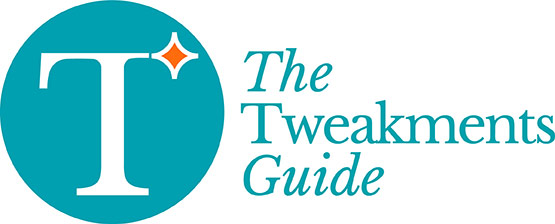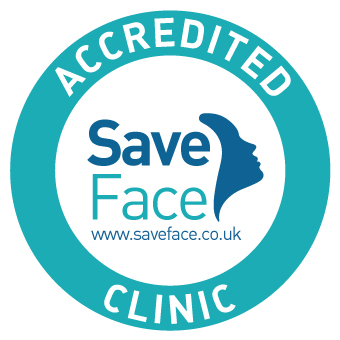In aesthetics, when it comes to addressing the signs of aging, Hyaluronic Dermal Fillers vs Botox becomes a serious debate. The truth is, whilst they can both be used to rewind time, they are used for different purposes.
In this blog, we will explore the hyaluronic filler vs Botox debate in more detail and break down their uses to help you decide which option is for you.
What is Hyaluronic Filler?
First, let’s look at what each treatment is, starting with Hyaluronic filler. Hyaluronic filler is simply a type of dermal filler that is based on Hyaluronic acid, a natural sugar found in the body.
Like collagen, hyaluronic acid plays a vital role in skin health. It helps the skin retain moisture, elasticity, and volume – which are all traits of youthful-looking skin. However, as we age, the natural production of these substances slows down, which can lead to fine lines, wrinkles, dryness, and a loss of volume in specific areas.
In dermal filler, a stabilized version of Hyaluronic acid is injected into the skin to address skin quality and help to address some of the signs of aging.
– Hyaluronic fillers can be used to:
– Define the face
– Add volume to cheeks and lips
– Fill in fine lines and wrinkles
– Correct slight imperfections on the nose
– Fill marionette lines
– Rehydrate the skin and provide intense hydration
Hyaluronic acid dermal fillers take around 30 minutes to complete and last between 6-12 months or even longer depending on where injected .
Using a premium product with a robust safety profile is key to achieving natural looking results.
What is Botox?
Anti-wrinkle injections are BOTOX® (B0Tulinum TOXin TYPE A) is a muscle relaxant that is used to block chemical signals sent from the nerves to stop muscles from contracting. This restricts the movement of muscles, which in turn can prevent the formation of wrinkles and expression lines.
Whilst Botox injections are most used around the face to prevent aging, particularly around the forehead, it has been used in medicine for years to address several other medical conditions, including:
– Chronic migraines
– Top lip definition
– Hyperhidrosis (excessive underarm sweating)
– Correct a lazy eye/ squint
– Muscle contractures
– Cervical dystonia/squint
– Neurological conditions, e.g. cerebral palsy
Botox takes around 30 minutes to complete and lasts around 3-4 months before your results begin to wear off *depending on indication and area treated.
How are they Different?
Whilst both treatments are used to combat the signs of aging, Hyaluronic fillers are used to correct the signs of aging, whereas Botox is used to soften facial fine lines and wrinkles and as a preventative measure for them developing in the first place.
So, Hyaluronic filler vs Botox, which one should you get? Well, that depends on your current skin concerns, and what you want to achieve from treatment. If you want to correct the signs of aging or restore lost volume and definition, then hyaluronic fillers may be for you. However, if you simply want to correct or to prevent aging, then you may want to consider Botox.
The similarities
While both procedures are used for different things, they do share some similarities. Firstly, and most importantly, both are considered medical treatments so should only be carried out by a trained and licensed professional.
Now, in terms of the actual treatment, both procedures are the same and involve injecting a substance beneath the skin. Both treatments are non-invasive, don’t require any downtime, and are temporary.
The best way to determine which is right for you is to schedule a consultation with a medically qualified practitioner. A consultation will allow you to discuss your goals and expectations, as well as any concerns you may have. The practitioner will examine your skin and recommend the best treatment plan for you, taking into consideration your unique needs and goals.
For more information on dermal fillers or Botox, book a face to face consultation today with Nicky who is a qualified Nurse & Midwife with an extensive medical background , knowing you are in safe hands.








